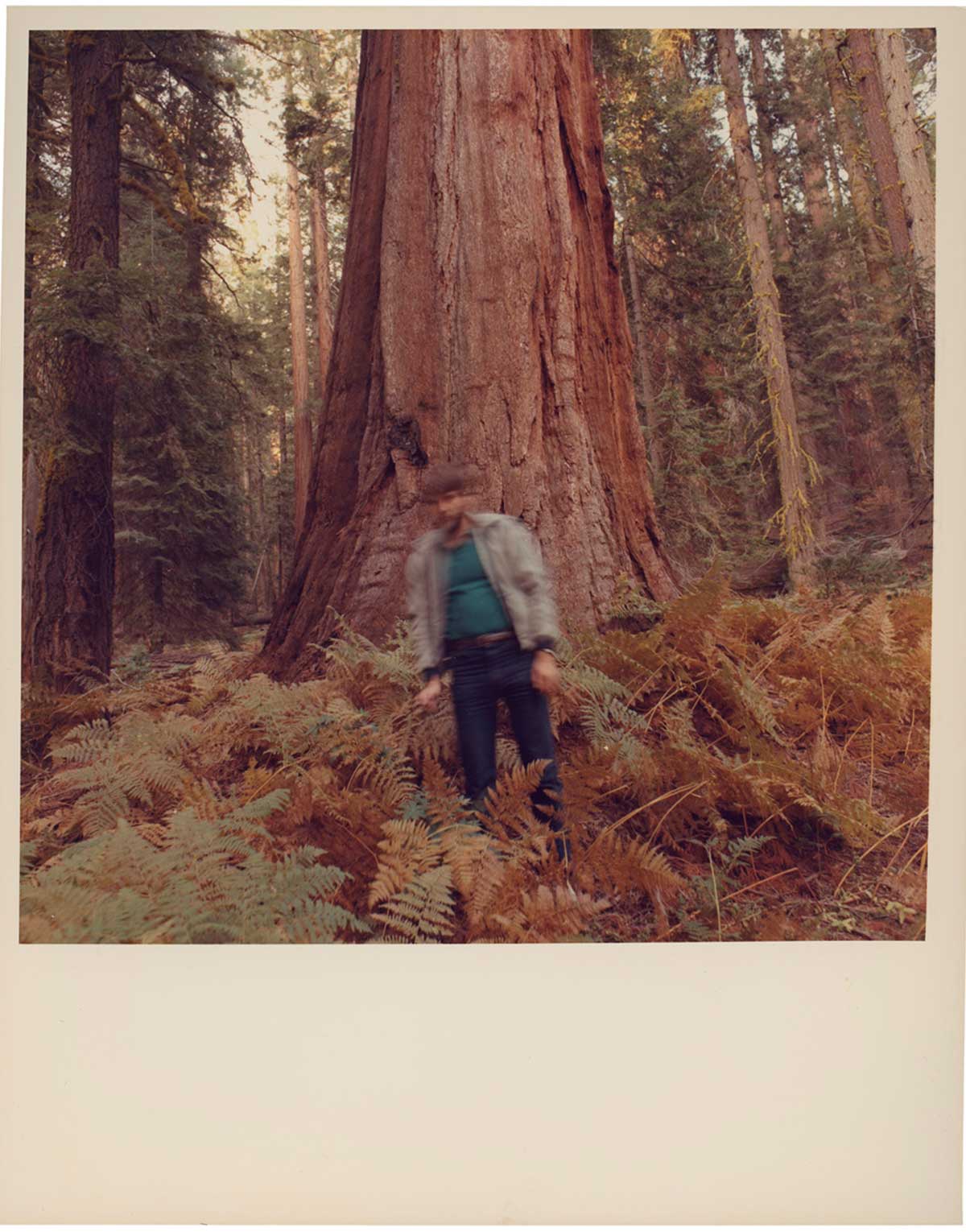Edward Burtynsky gifts career-spanning archive

Edward Burtynsky, Self Portrait #1, 1983, chromogenic print © Edward Burtynsky/Nicholas Metivier Gallery, Toronto. The Edward Burtynsky Collection, Toronto Metropolitan University Image Centre, Gift of the artist, 2019
Celebrated Canadian photographer Edward Burtynsky, Photo Arts ’82, whose iconic images have brought worldwide attention to the impacts of human industry on the natural landscape, is donating collections of his photographs to the Toronto Metropolitan University Image Centre (RIC). The first installment of this gift comprises 142 photographs from the artist’s early career, a selection of which have been made public in a virtual gallery (external link, opens in new window) on the RIC’s website. Subsequent annual gifts will make the Toronto-based photography centre the most important global repository for the study of Burtynsky’s oeuvre.
Edward Burtynsky began his career in the late 1970s at the School of Image Arts of Toronto Metropolitan University Polytechnical Institute (now Toronto Metropolitan University). “It was important to me that my life’s work be housed in a Canadian institution, and it felt like a fitting ‘homecoming’ to entrust these works to the same place where I first developed as a photographer,” Burtynsky says. “The Toronto Metropolitan University Image Centre has become one of the leading museums in the world for photo historical research and has a growing collection of artist archives. I realized that there was no place I would rather have my work preserved and studied.”
Burtynsky’s first donation includes photographs made between 1976 and 1989, primarily taken at locations across Ontario and Western Canada. Many are unique, and the majority are unrepresented in other museum collections, making the RIC’s collection a critical resource for exploring the origins of the artist’s mature style.
The earliest works are the original landscape photographs and city views Burtynsky submitted to his Toronto Metropolitan University instructors in his first and second-year portfolios. While still in school, he began to focus on industrial sites and the relationship between humans and their environment. Rarely-seen photographs from the 1980s trace Burtynsky’s early explorations of society’s attempts to control nature—from studies of industrial greenhouses and meat-packing plants to interior views of taxidermy studios. Seen together, the photographs in this group represent Burtynsky’s evolution from classic black-and-white landscape and documentary traditions to the richly coloured, large format overviews of industrial sites, mines, and homesteads, and altered landscapes that first established his reputation worldwide. The donation extends to the end of the 1980s, when the artist’s first major exhibition Breaking Ground began touring museums in Canada, and he began producing his photographs in editions.
“We are thrilled to be chosen as the place that will preserve Edward Burtynsky’s work for posterity,” says Paul Roth, director of the Toronto Metropolitan University Image Centre. “He is the premier photographer dealing with the issues surrounding global climate change — the critical subject of our time — and one of the most influential landscape photographers in the history of the medium. He is also a great friend of our institution, as an alumnus of Toronto Metropolitan University’s world-class photography program and a founding board member of the RIC. We look forward to making his life’s work accessible to students, scholars, and other audiences here in Canada and around the world.”
Each annual donation will add another chronological stage of Burtynsky’s career to the museum’s holdings until his entire career is represented. Once fully comprised, the collection will span five-plus decades of his photography on a range of subjects related to industrial manufacturing; landscapes altered for the economic exploitation of oil, water, stone, and other resources; waste and recycling; and the incursion of transportation routes and commercial and residential development into nature.
Burtynsky’s images have been widely exhibited and published around the world, and have become profoundly influential — both for photographers inspired by his arresting style and elevated viewpoints, and by mainstream audiences transfixed by his vision of humankind’s outsized impact on the environment.
If you are interested in supporting Image Arts students, please visit the Faculty of Communication and Design’s online giving page (opens in new window) .
A version of this story (opens in new window) first appeared as a media release on November 24, 2020.